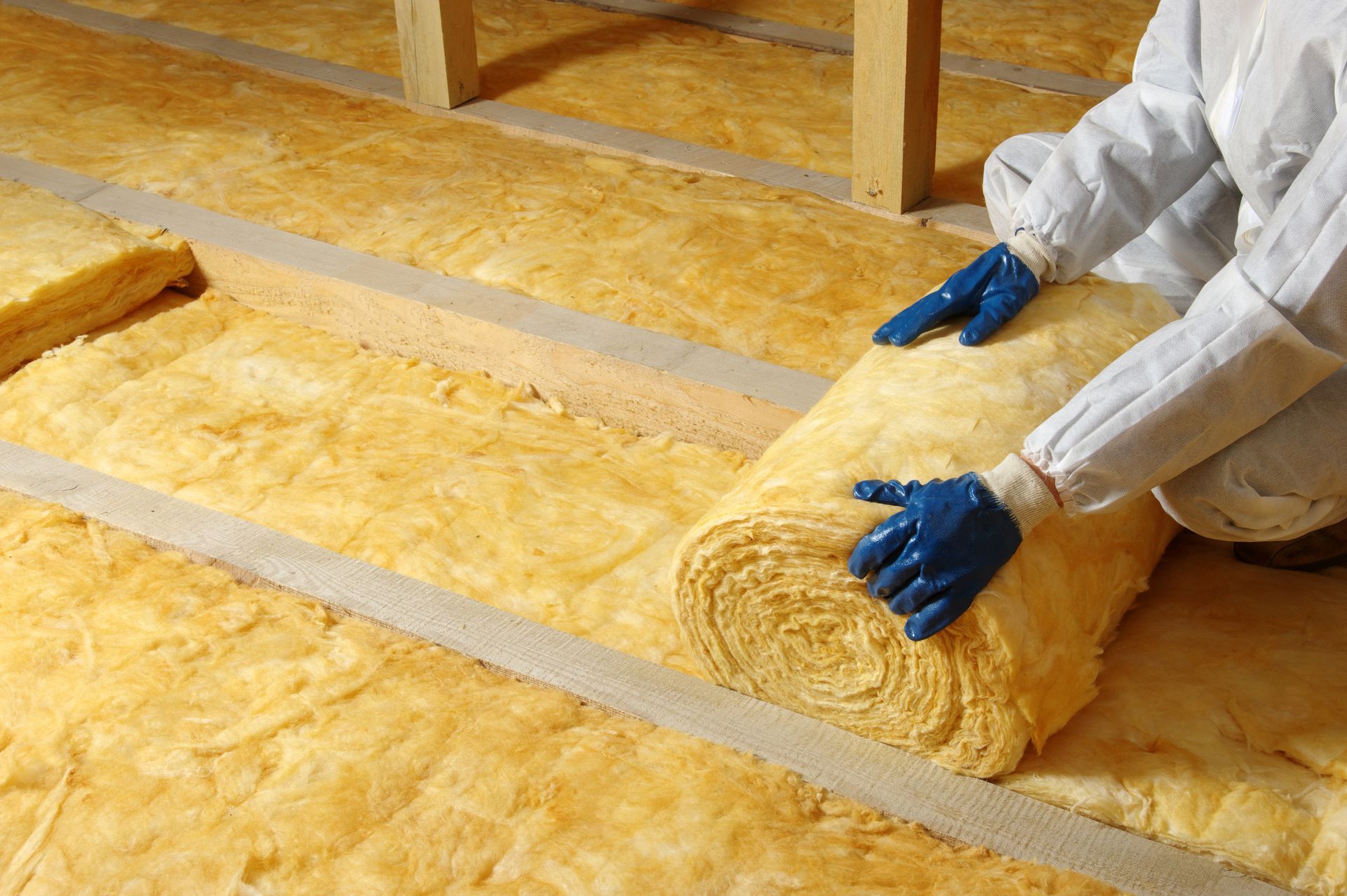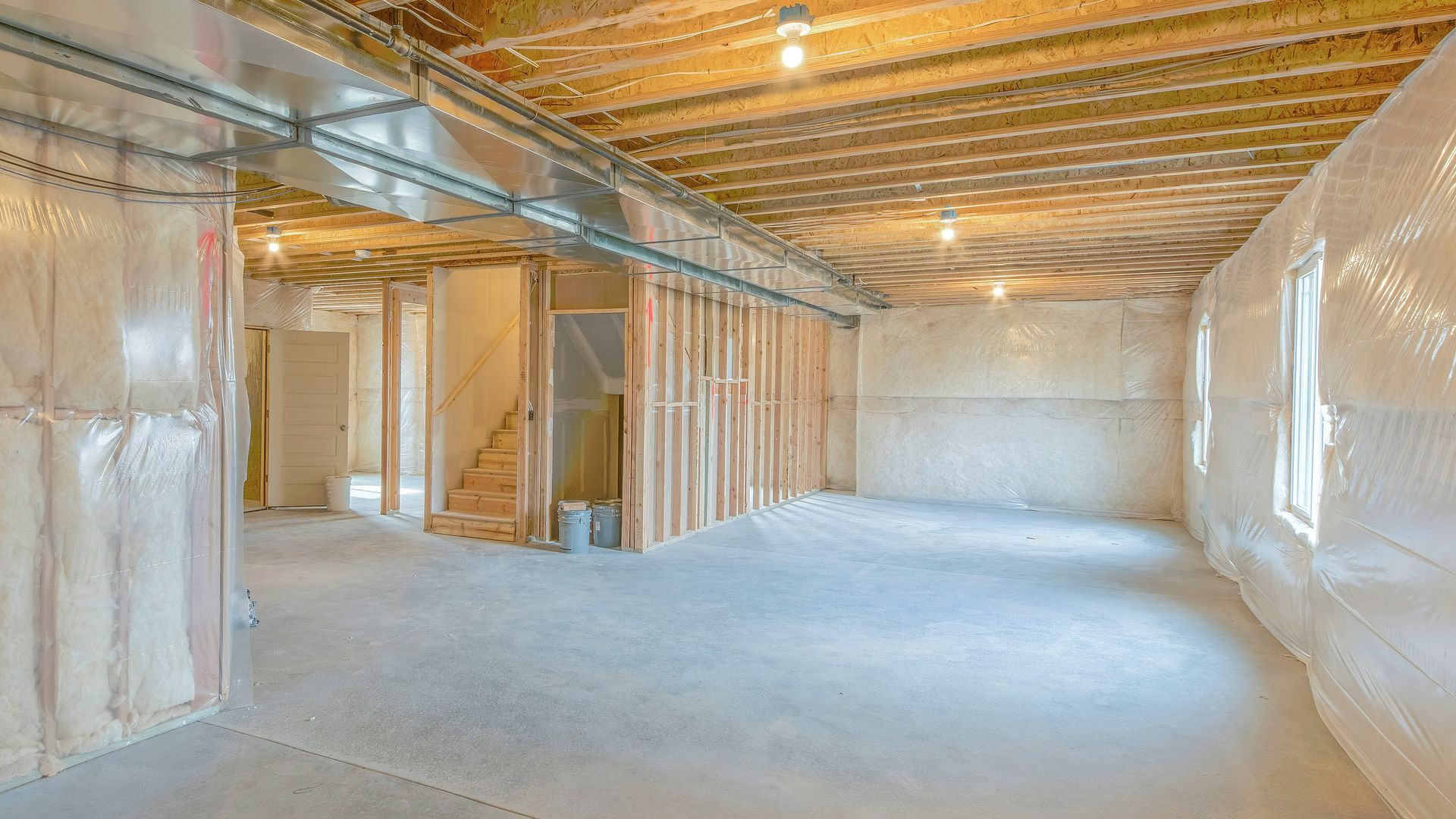Contact Us
Office Information
Location 165 Stafford St. Springfield, MA 01104
Office Hours 7am - 4pm
Need Service? Call (413)732-3922
Insulation 101: Different Types and Their Applications
Insulation is a fundamental component of any building, pivotal in maintaining interior comfort and reducing energy consumption. However, with a range of available options, it can be challenging for homeowners and businesses to decide on the best insulation type for their needs.
This guide provides an overview of the primary insulation types and their applications, ensuring you're equipped with the knowledge to make an informed decision.
Batt & Roll Insulation
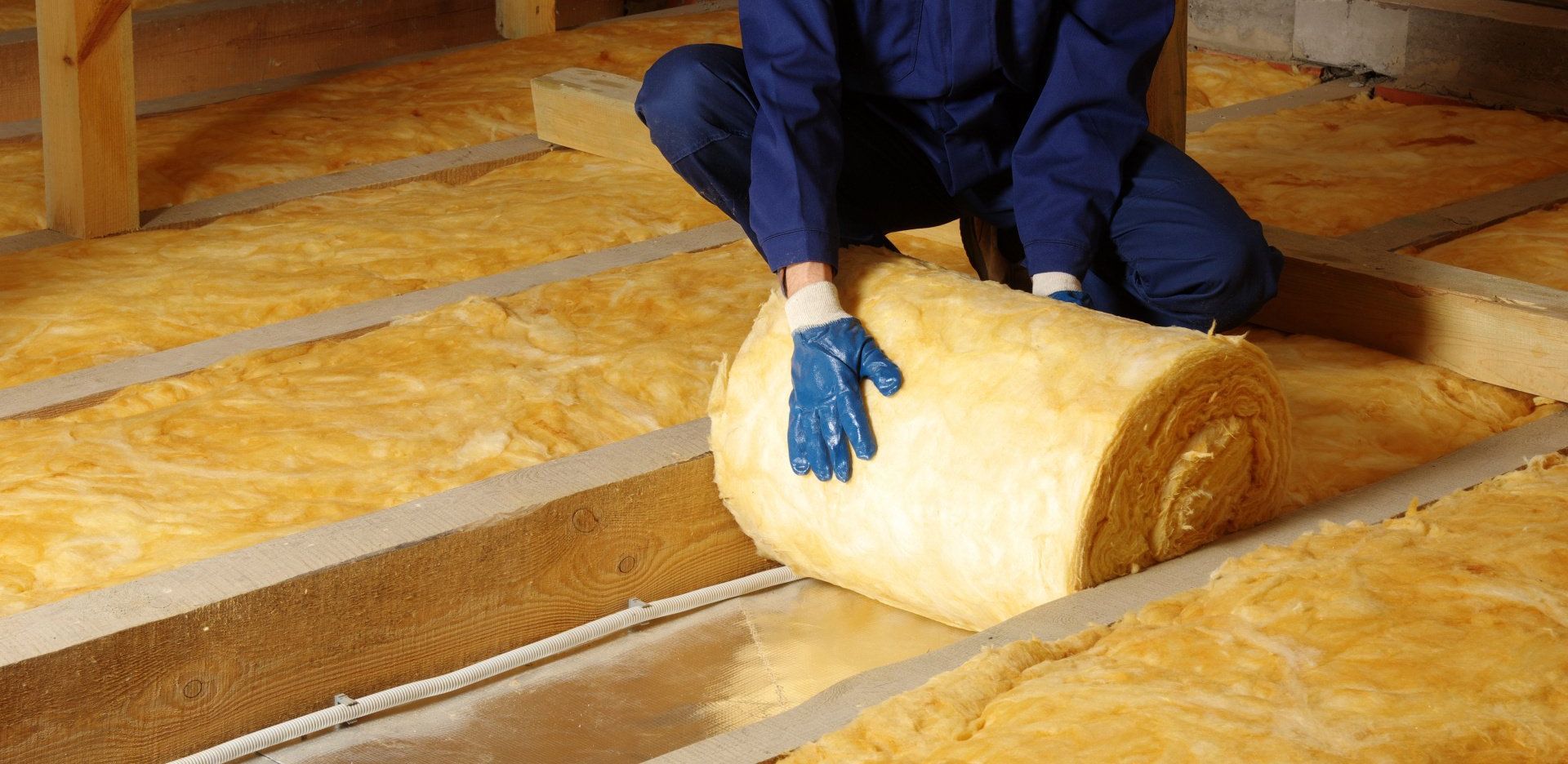
When it comes to insulating your home or business, Batt and Roll Insulation are two popular options that offer similar benefits. However, there is one key difference between the two. Batt insulation comes in pre-cut pieces that are designed to fit snugly between studs, while Roll insulation comes in large, easy-to-install rolls that can be laid out quickly and efficiently. Both options are made of fiberglass and offer excellent thermal insulation, as well as sound dampening and fire resistance properties.
Material: Typically made from fiberglass, mineral wool, plastic fibers, or natural fibers like cotton.
Appearance: Pre-cut panels or rolls that fit between wall studs, floor joists, and ceiling joists.
Application: Best suited for unfinished walls, floors, and ceilings. They are installed in spaces without obstructions like pipes or wiring.
Benefits: Batt insulation offers the advantage of being relatively affordable, easy to install, and effective in resisting conductive and convective heat flow.
Blown-In/Loose-Fill Insulation
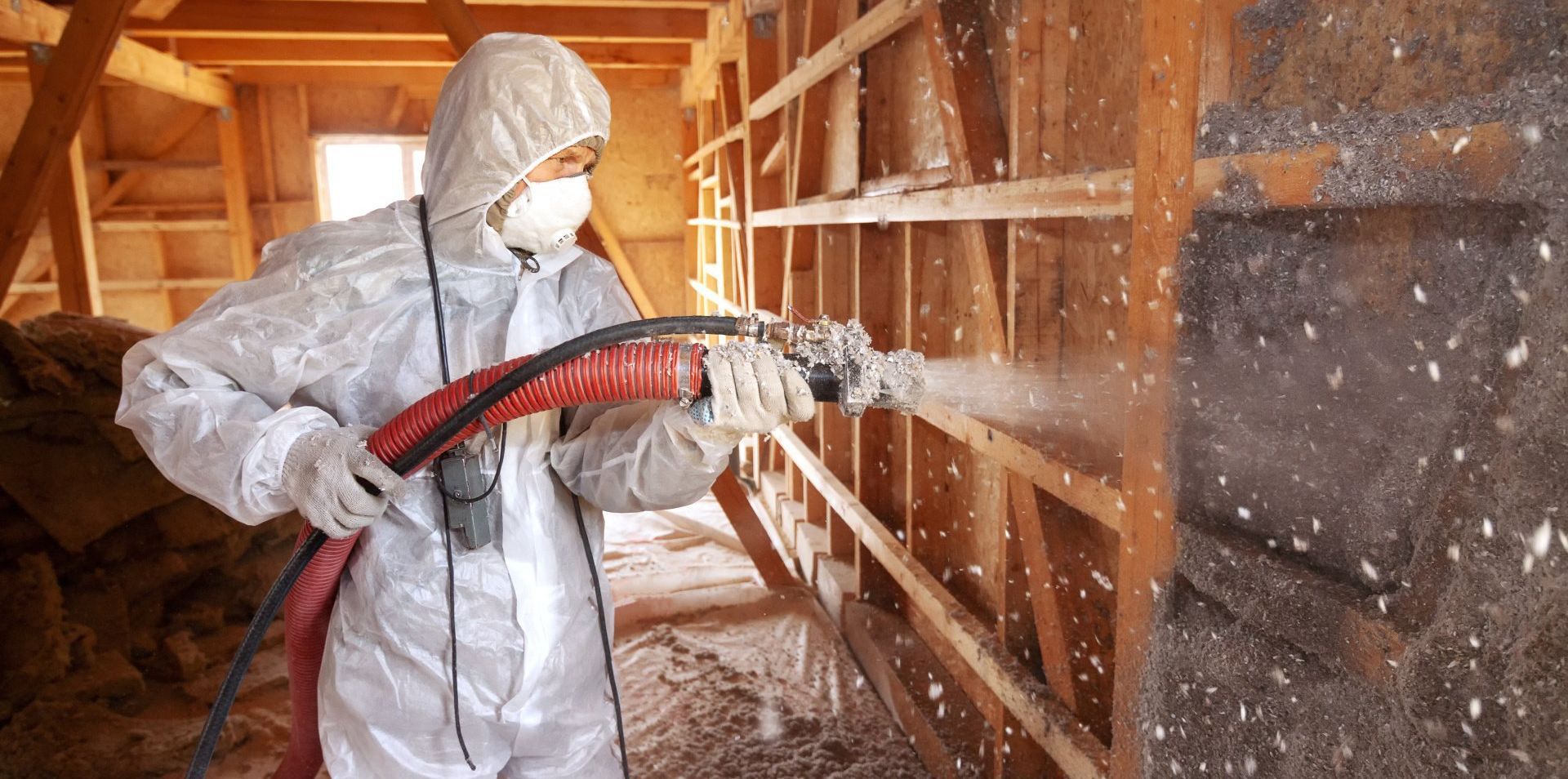
Blown-in or loose-fill insulation is a popular way of insulating homes and buildings. This type of insulation is composed of small pieces of insulation material, such as fiberglass, rock wool, or cellulose, that are blown or poured into the walls, ceilings, or floors of a structure. The blown-in insulation provides excellent thermal protection by creating a barrier against heat transfer. The loose-fill insulation also helps to reduce sound transmission, creating a peaceful and quiet environment. Another benefit of blown-in insulation is that it conforms to any shape or size of a cavity, ensuring complete coverage and eliminating any gaps or voids. It is a practical and cost-effective solution for homeowners who want to increase the energy efficiency of their homes and reduce their energy bills.
Material:
Common materials include cellulose, fiberglass, and mineral wool.
Appearance:
Loose particles or fiber materials.
Application: This insulation is ideal for retrofitting existing finished areas, irregularly shaped areas, and around obstructions. A machine is used to blow the particles into spaces, making it adaptable for a range of applications.
Benefits:
Due to its flexibility, blown-in insulation provides comprehensive coverage, sealing even the tiniest of gaps.
Spray Foam Insulation
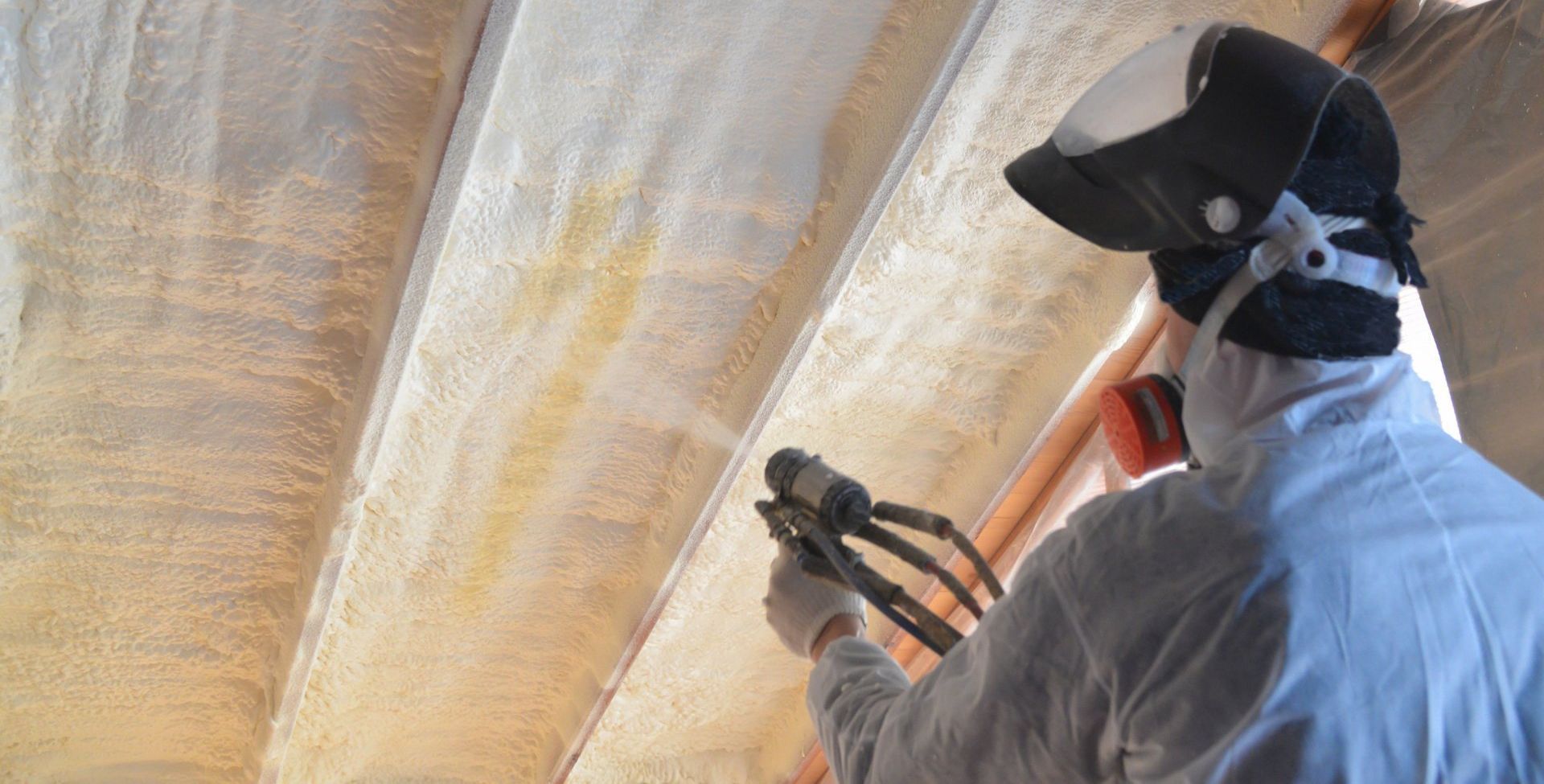
Spray foam insulation, also known as spray polyurethane foam (SPF) insulation, is a high-performance insulation material known for its excellent thermal insulation properties. This insulation material is made up of a two-part chemical mixture which forms a foam when combined. This foam is sprayed onto surfaces, where it expands and hardens to form a layer of insulation. What sets this insulation material apart from others is its ability to form a seamless, airtight barrier that prevents heat transfer. Spray foam insulation is a popular choice for both commercial and residential constructions, as it can help to reduce heating and cooling costs, noise pollution, and improve indoor air quality.
Material:
Typically made of polyurethane, isocyanurate, phenolic, or cementitious.
Appearance:
Liquid foam that expands and hardens upon application.
Application: Spray foam is suitable for unfinished attic floors, enclosed existing walls, open new wall cavities, and hard-to-reach areas. It should be applied by professionals due to the technical nature of the installation.
Benefits:
Spray foam offers superior thermal resistance and airtight sealing. It can also act as a moisture barrier, reducing the risk of mold growth
Rigid Foam Board Insulation
Rigid foam board insulation is a specialized type of insulation used in residential, commercial, and industrial construction projects. Unlike traditional insulation materials like fiberglass or cellulose, this insulation is made of a closed-cell foam material that offers exceptional thermal resistance. Rigid foam board insulation is known for its durability, strength, and versatility, making it suitable for a variety of applications. Its ability to resist moisture and mold growth also makes it a preferred choice for areas that are prone to high humidity and moisture. When installed correctly, this insulation can significantly reduce energy costs and improve the overall comfort of a building.
Material:
Polystyrene, polyurethane, or polyisocyanurate.
Appearance:
Sturdy boards or panels.
Application:
Typically used for new construction projects, these boards can be applied to unfinished walls, floors, and ceilings, as well as the exterior of foundation walls.
Benefits:
They provide a high insulating value for relatively little thickness and act as an additional vapor barrier.
Reflective or Radiant Barrier
A reflective or radiant barrier is a building material designed to reduce heat transfer between two surfaces. Typically made of a highly reflective material, these barriers work by reflecting radiant heat away from the surface they are installed on, thereby preventing the transfer of heat into the building or home. In addition, they can also be effective at reducing the amount of heat conducted through the barrier itself, which can further lower the amount of heat entering through walls and ceilings. The concept of reflective barriers has been used for decades in applications such as spacecraft and satellites, and continues to offer significant benefits to builders and homeowners alike.
Material:
Reflective aluminum foils.
Appearance:
Sheets with a shiny surface.
Application:
This insulation is most effective in reducing radiant heat from the sun and is thus commonly used in attics in hot climates. It's installed close to the roof to reflect sunlight away.
Benefits:
Reflective barriers can significantly reduce cooling costs in hot, sunny regions.
Structural Insulated Panels (SIPs)
Structural Insulated Panels (SIPs) are a type of building material that consists of an insulating foam core sandwiched between two structural boards. These panels create a highly insulated and airtight building envelope, which significantly reduces energy usage and optimizes thermal performance. SIPs can be used for a variety of building applications, including walls, roofs, and floors. The installation process is efficient, with panels being delivered to the job site pre-cut and ready to assemble, resulting in quicker construction times.
Material:
Foam board or liquid foam insulation core, sandwiched between structural facings, like oriented strand board (OSB).
Appearance:
Large panels or boards.
Application:
SIPs are suited for new construction projects or significant renovations. They can be used for walls, ceilings, floors, and roofs.
Benefits:
These panels provide uniform, superior insulating properties and faster installation than many other insulation types.
Which Insulation Type Should You Choose?
1. Consider Your Climate: The choice of insulation often depends on local climatic conditions. For instance, reflective barriers might be optimal in a hot, sunny area, whereas batt insulation might be more suitable for colder climates.
2. Assess the Area of Application: For existing structures with no prior insulation, blown-in or spray foam insulation might be the best choices due to their adaptability. New constructions can benefit from the rigidity and high R-values of foam boards or SIPs.
3. Factor in Cost: While spray foam insulation might offer a superior R-value, it's also generally more expensive than batt or blown-in insulation. Always balance the initial cost with potential energy savings over time.
4. Professional Consultation: Given the technical nature of insulation installation, it's advisable to consult with professionals. They can provide insights based on your property's specifics and the intended insulation's performance. Search "insulation contractors near me" and research insulation companies in your area to schedule a consultation.
Final Thoughts on Selecting the Right Insulation
A well-insulated property not only ensures comfort throughout the year but also translates to significant energy savings. Whether you're retrofitting an older home or embarking on a new construction project, understanding the different types of insulation and their applications is crucial. By making an informed decision, you can ensure that your insulation choice meets your needs, stays within budget, and provides lasting benefits.
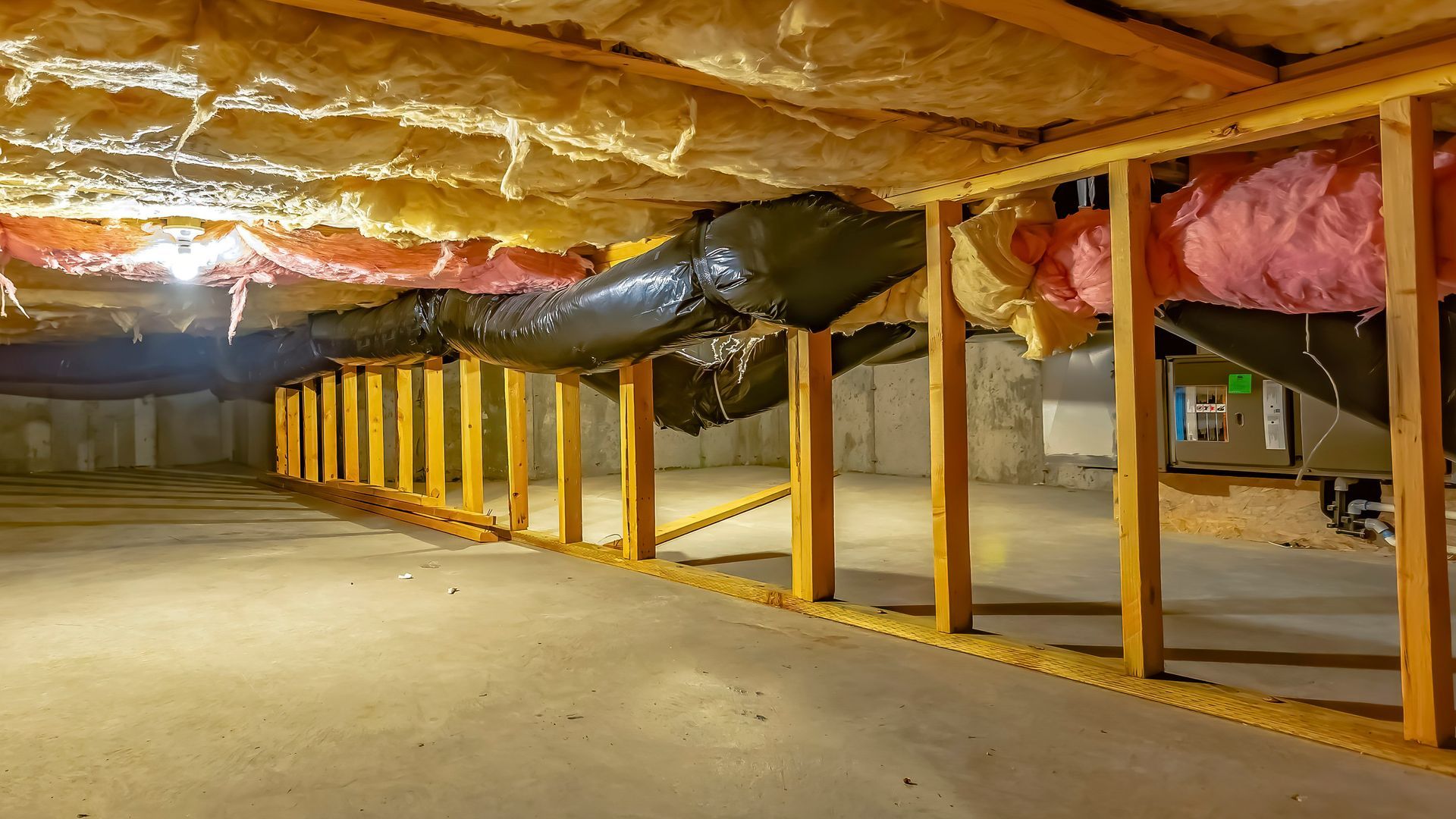
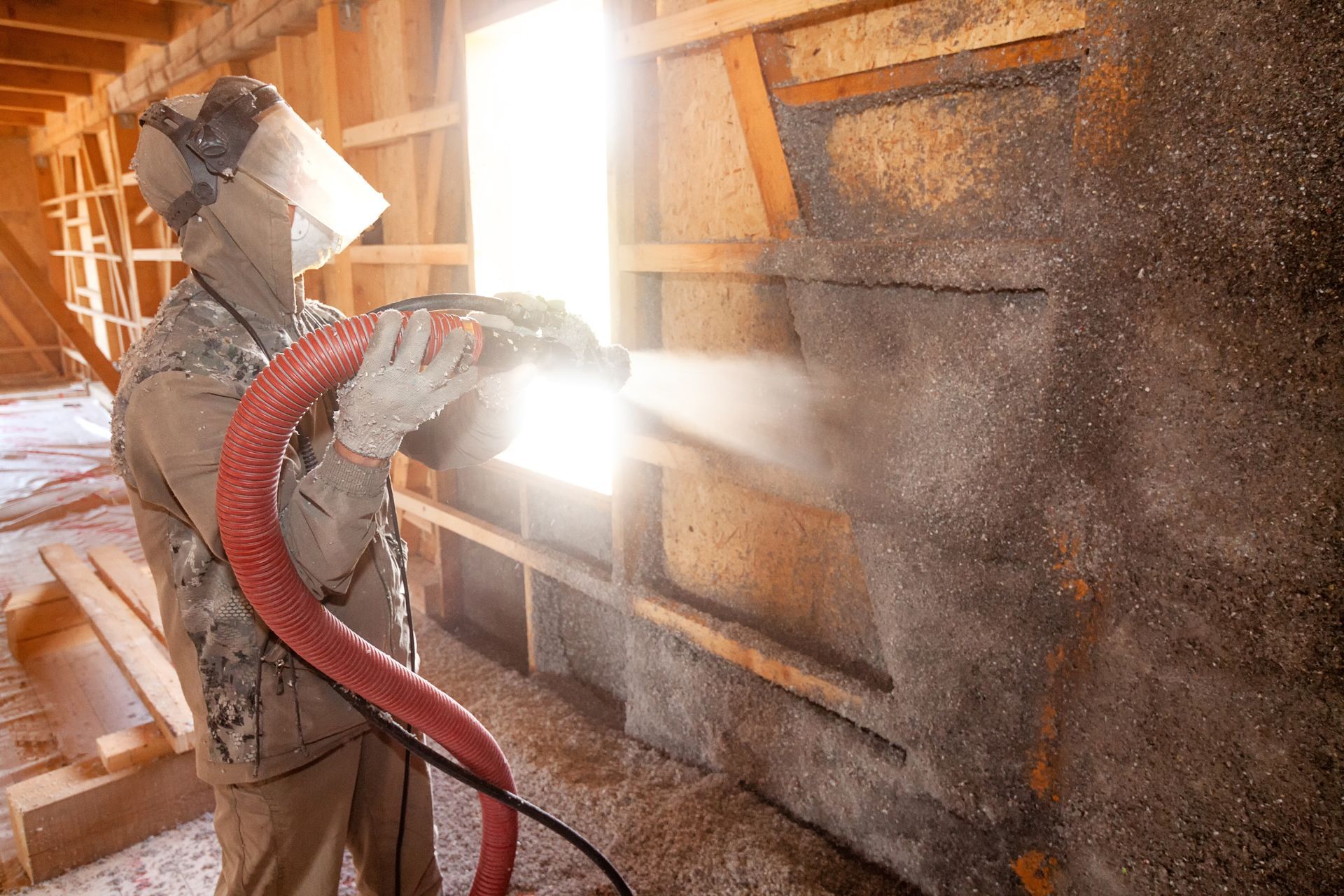
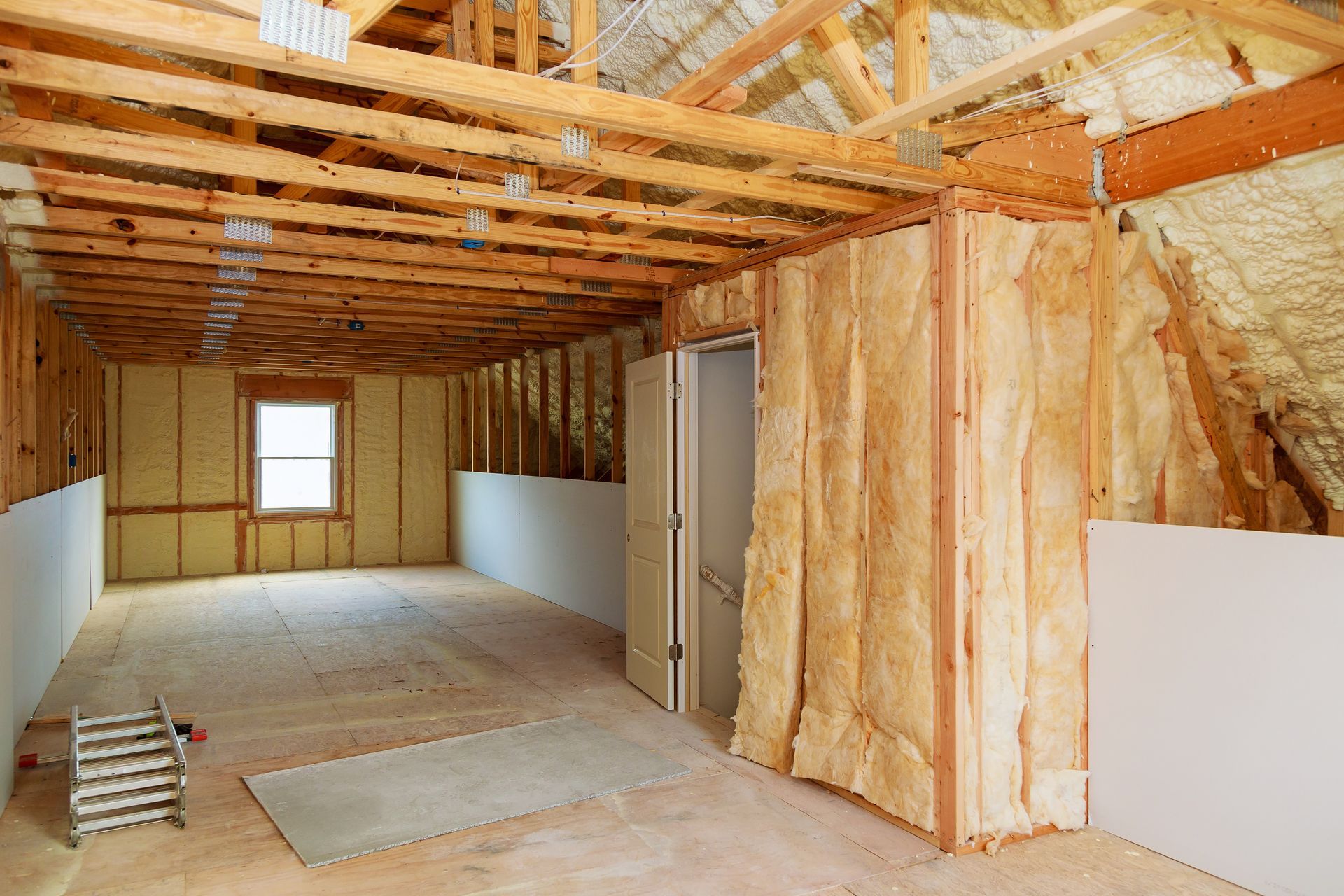
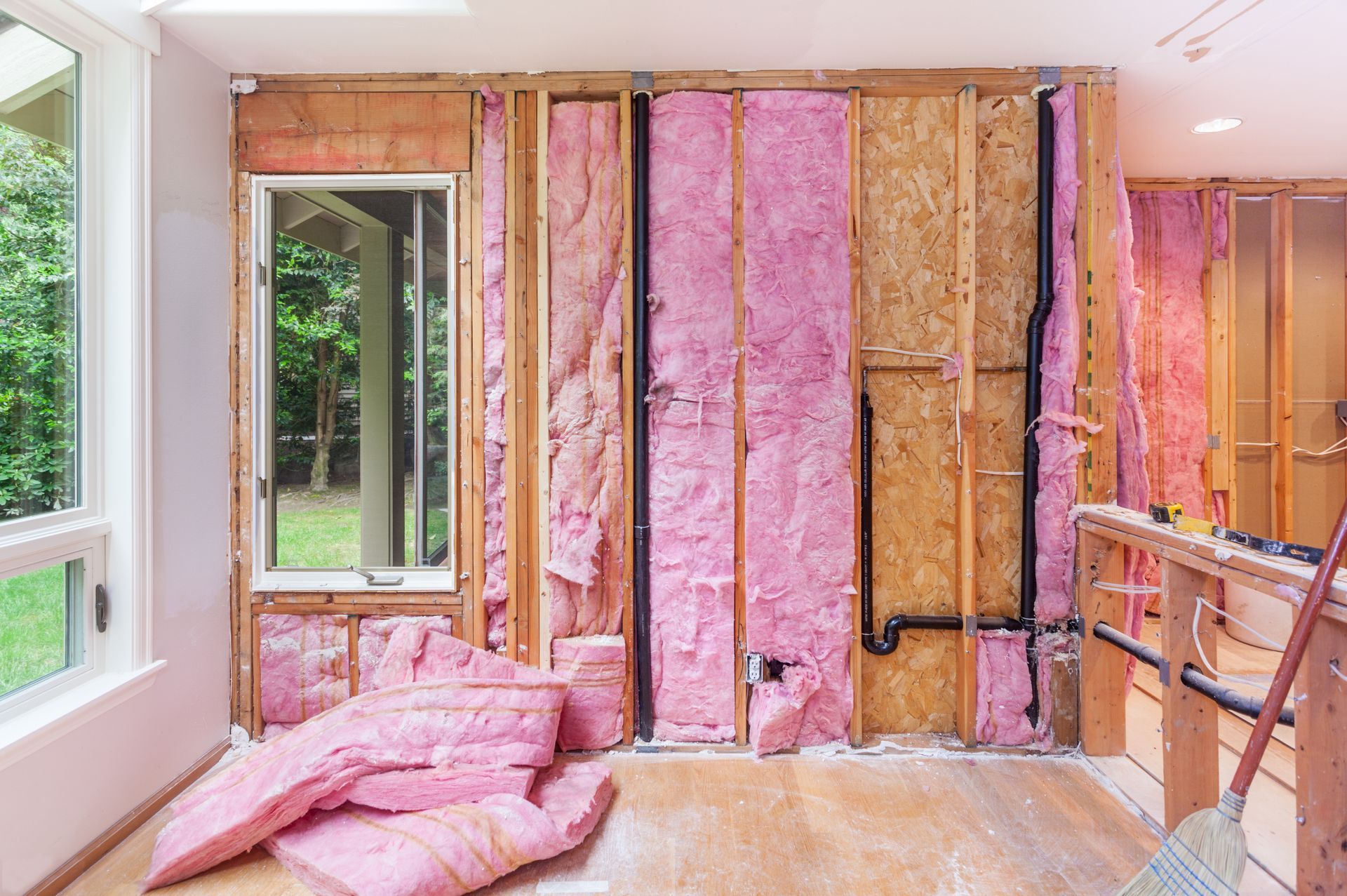

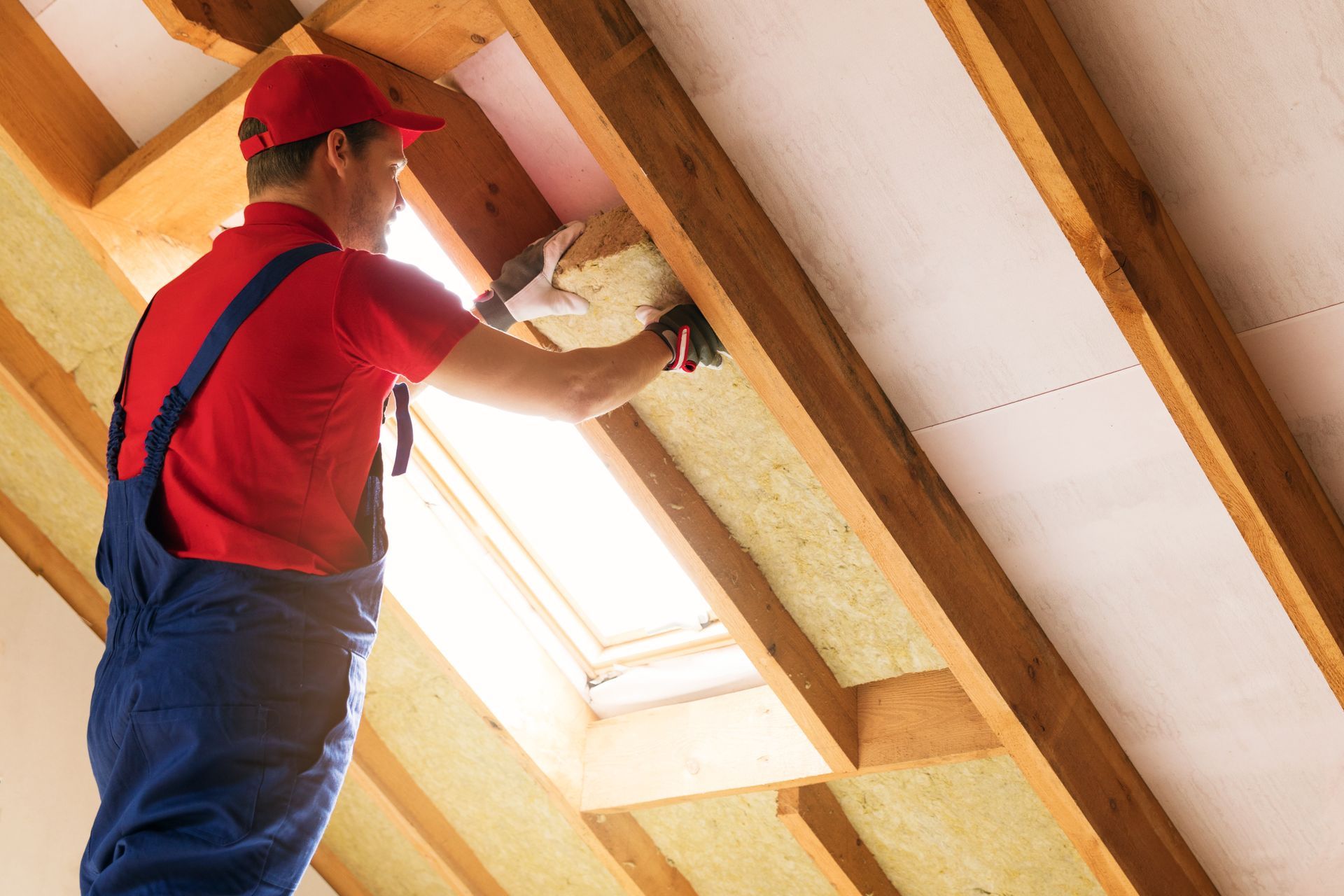

About
HIC# 100590
Since 1982, Urban & Sons Insulation has been providing quality insulation services to homeowners and businesses throughout Western Massachusetts. We offer expert insulation services, including blown-in insulation, spray foam insulation, and radiant barrier installation.
Quick Links
Resources


